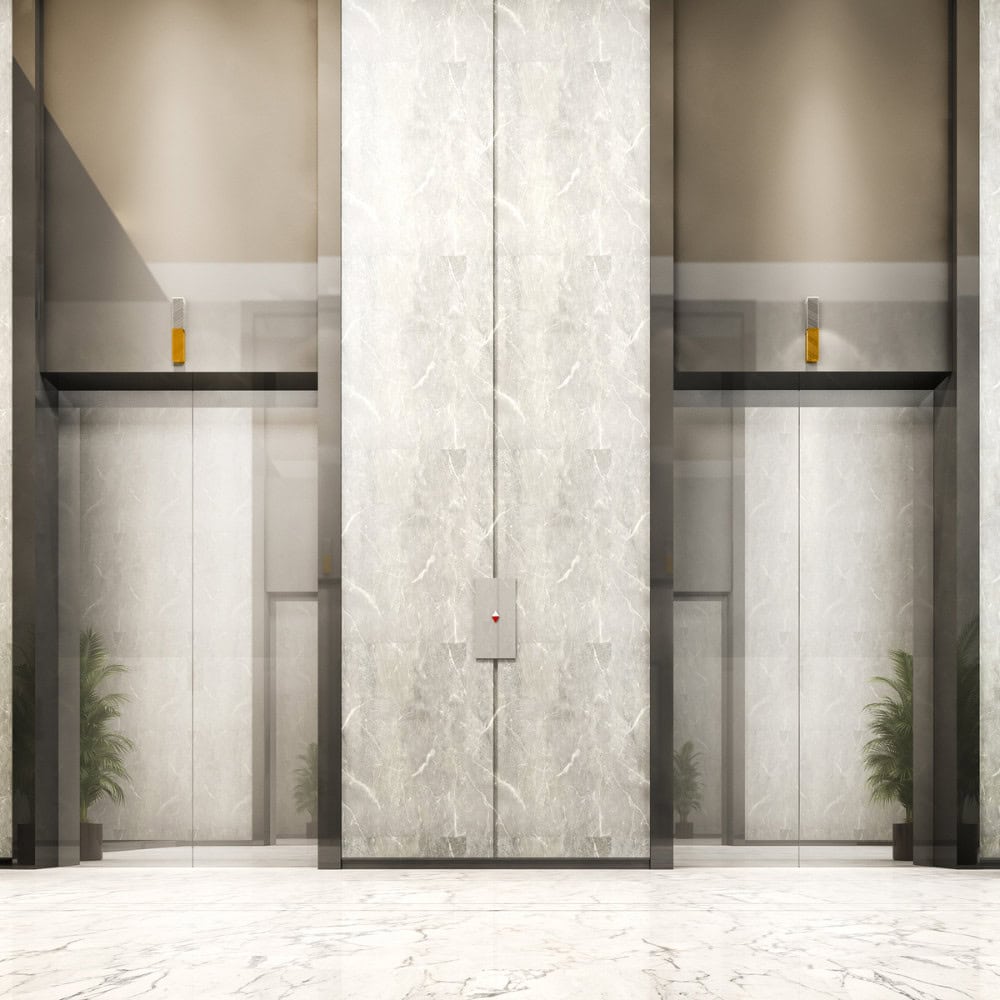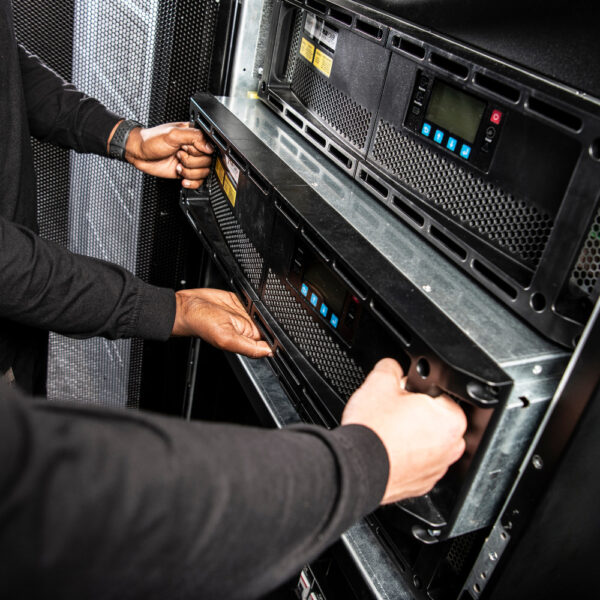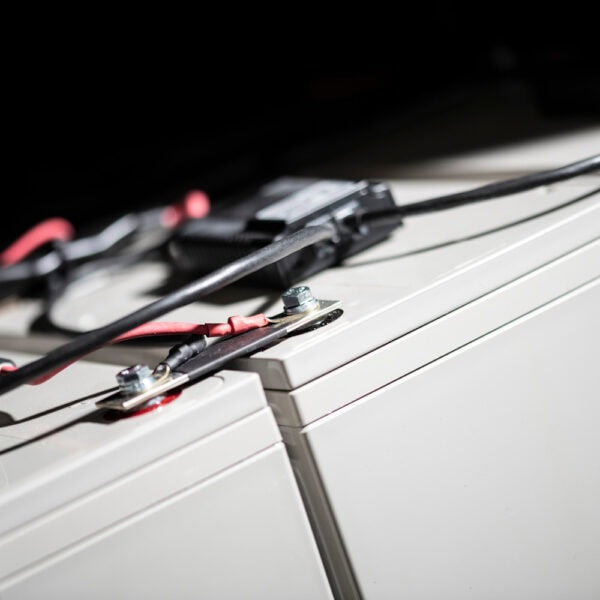When it comes to residential buildings, fire safety is a non-negotiable priority. Among the critical systems that must remain operational during emergencies, lifts – particularly designated fire lifts – play a crucial role in evacuation scenarios and emergency response. Ensuring these lifts remain functional in the event of a power outage caused by fire is essential.
Due to restrictions on noise, emissions and space the use of Uninterruptible Power Supplies is greatly increasing as the secondary source rather than a diesel generator.
Understanding the Role of Lifts in Emergency Situations
A fire lift is specifically designed to operate in a fire emergency, allowing firefighters and emergency personnel to access upper floors quickly and safely. An evacuation lift is to ensure that occupants can get to safety. These lifts must remain operational for the required time, even if the main power supply is compromised. This reliability can be the difference between a successful evacuation and a tragic outcome.
The Importance of Robust Power Backup
In a fire, power outages are not uncommon. Whether due to damage to the electrical infrastructure or deliberate shutdowns for safety, the risk of lifts becoming inoperable is high. This is where a secondary supply is required. A UPS can provide instantaneous backup power without interruption — ensuring that fire lifts continue to function seamlessly the moment the main power fails.
Regenerative Lift Technology
Modern lift systems often include regenerative drive technology. Simply put, when a lift descends, especially under load, it can generate energy through its motion, much like a hybrid car recovering energy during braking.
The regenerative energy from the motor is fed back to the supply where it can be used elsewhere. However, if the supply is a UPS, the regenerative energy can often not be absorbed, and damage will occur to a standard UPS system. It is therefore critical that the UPS system is specified correctly to work with a regenerative braking lift.
UPS Systems Designed for Fire Lifts
For applications as critical as fire lifts in residential buildings, the UPS must meet stringent standards. A regenerative lift UPS is built to:
- Provide high-power output instantly and consistently.
- Interface seamlessly with fire control panels and other building management systems.
- Operate alongside regenerative lift drives to maintain service and prevent damage to the UPS.
Compliance and Best Practices
Fire safety regulations vary by region, but most building codes now require fire lifts to have independent power supplies. In the UK, compliance with standards such as EN 81-73 (behaviour of lifts in the event of fire) and EN 81-20/50 (safety rules for construction and installation) is essential.
Conclusion
Fire safety in residential buildings is not just about alarms and sprinklers – it’s about ensuring every part of the building’s infrastructure is ready for an emergency. Lifts, particularly fire lifts, are lifelines in a crisis. A UPS system designed to work with regenerative braking technology ensures these vital systems remain operational when they are needed most.
For building owners, developers, and facility managers, investing in a UPS-powered, regeneration-compatible fire lift system is a proactive measure that enhances both safety and efficiency. It’s a commitment to protecting lives – and a step toward smarter, more resilient building design.
Need expert advice on integrating a UPS for a regenerative lift system in your residential building? Contact our team today.
And join us for our upcoming free webinar on designing a UPS in life safety situations, Powering Safety: Uninterruptible Power Systems for Life Safety in Buildings. Register for your free place now.





